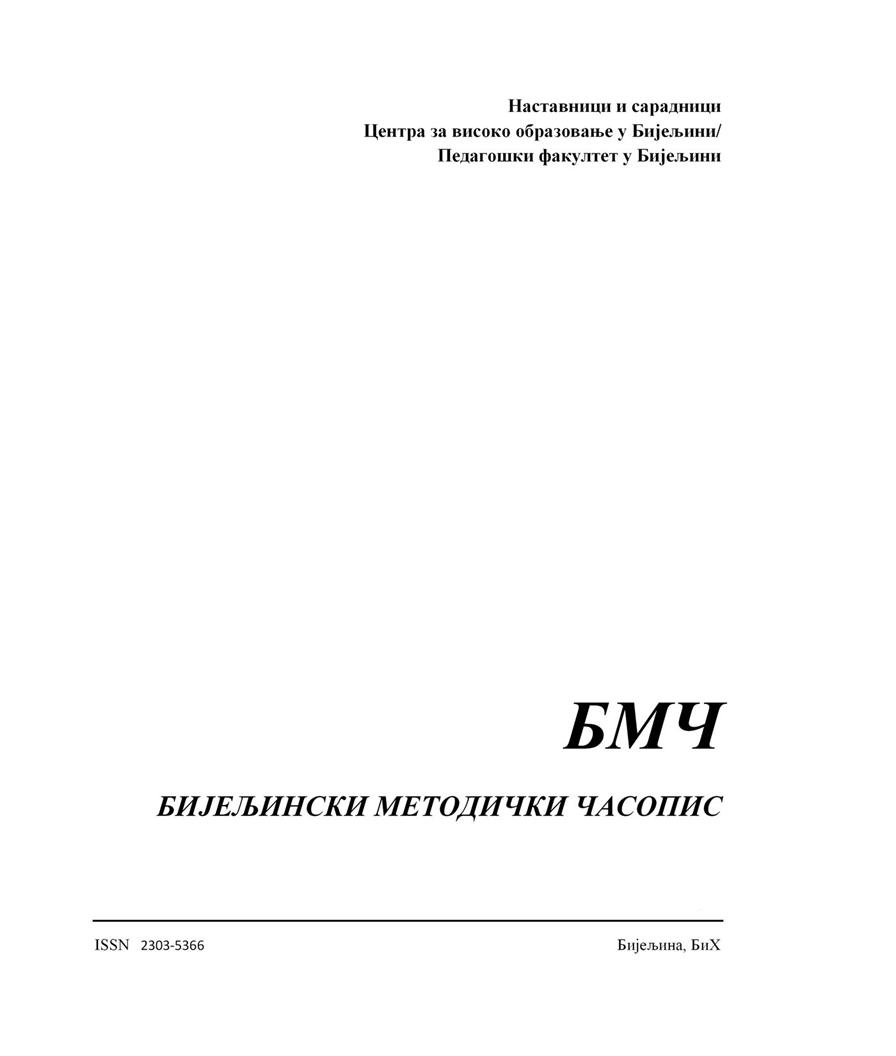РИТМИЧКЕ СПОСОБНОСТИ УЧЕНИКА IV И V РАЗРЕДА
DOI:
https://doi.org/10.7251/BMC2314038TAbstract
The research was conducted to determine the rhythmic abilities of 4th and 5th grade students of the Elementary School "Stevan Nemanja" from Dragaljevac Gornji and its regional departments. A descriptive method was used for the research, and a questionnaire and a test of reproduction of rhythmic motives were used for the students. A total of 40 students were included in this study, 22 boys and 18 girls. The data were processed statistically, and then presented textually, tabularly and graphically.With the questionnaire, we found out what is the general success of students in the previous semester, success in music culture, what kind of music they listen to, whether they attend music school, a section, whether they play an instrument and whether they went to kindergarten. Then the students did a test of reproduction of rhythmic motives, which contained five tasks. Analyzing the results of the reproduction of given rhythmic motives, we can conclude that students can largely deduce lighter rhythmic motives, while the number of students who can detect heavier motives is smaller.The conclusion is that rhythmic abilities in children are developed, but that there is still a small, objective difference in the rhythmic abilities of children of different genders and ages.
